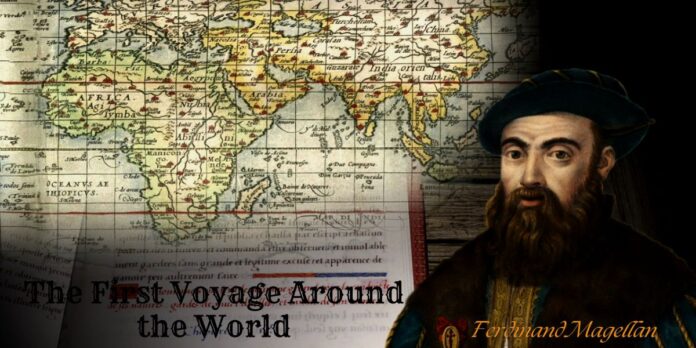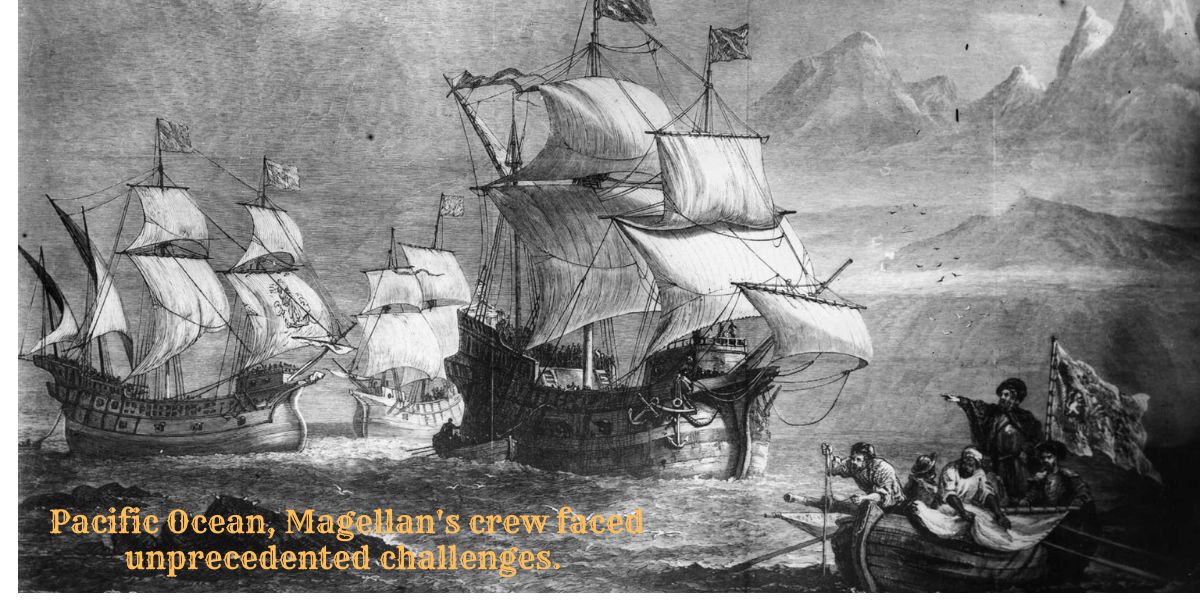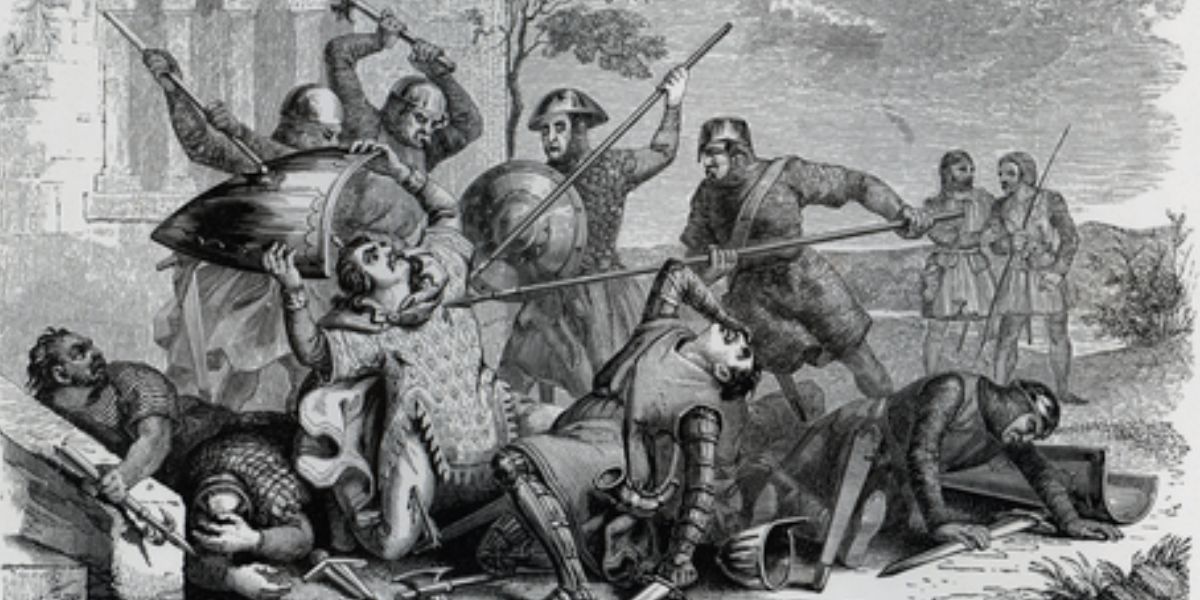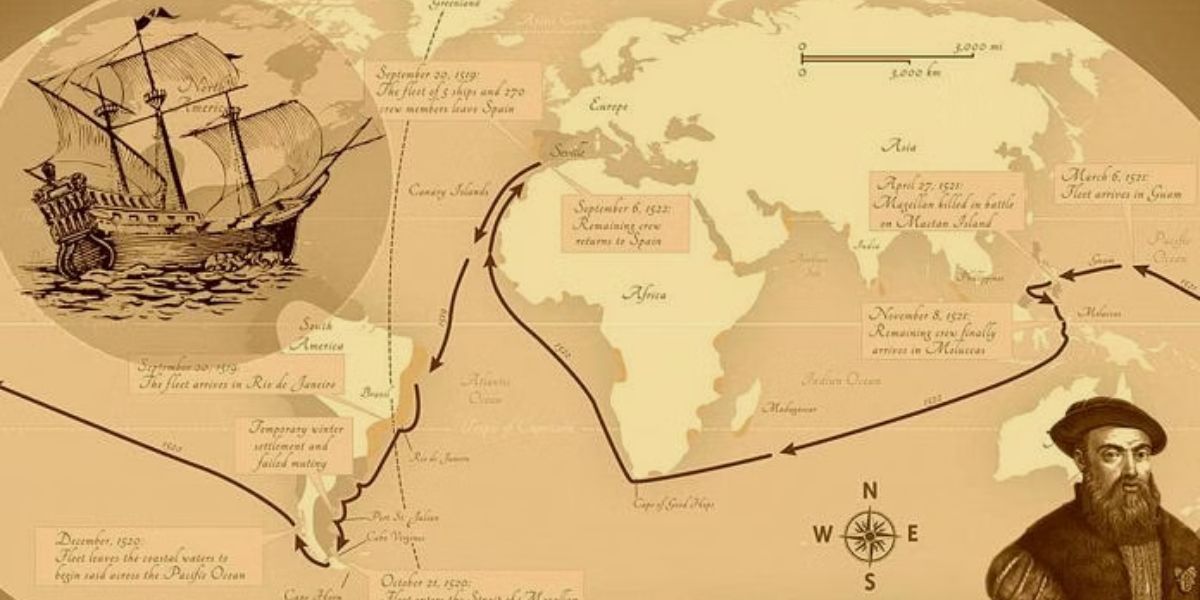Ferdinand Magellan‘s expedition is one of the most remarkable voyages in human history. His journey paved the way for understanding the full scope of Earth’s geography by completing the first circumnavigation of the globe. Magellan’s daring voyage between 1519 and 1522 changed the course of exploration and global trade, providing valuable insights into navigation, geography, and the interconnectedness of different parts of the world.
Early Life and Inspirations for Exploration
Ferdinand Magellan was born in 1480 in northern Portugal to a noble family. From an early age, he was inspired by the era’s prominent explorers and the Portuguese maritime dominance.
- Magellan’s early education centered around navigation and cartography, fostering his interest in discovering new routes to Asia.
- He served in several naval campaigns for Portugal, gaining experience in navigating the Indian Ocean and exploring the African coast.
- Disagreements with the Portuguese crown led Magellan to offer his services to King Charles I of Spain, shifting his ambitions toward Spanish interests in exploration.
Magellan’s early life and experiences laid the foundation for his famous voyage, driven by the desire to discover a westward sea route to the Spice Islands (now known as the Maluku Islands in Indonesia).
The Ambitious Plan: A Westward Route to the Spice Islands
During Magellan’s time, trade routes to Asia, particularly to the Spice Islands, were dominated by the Portuguese who controlled the eastern route around Africa. Magellan sought to establish a new route by sailing westward, thus avoiding the Portuguese-controlled seas.
- Magellan’s proposal to the Spanish crown aimed to find a western passage through the Americas to the Spice Islands, believed to be rich in valuable spices like cloves and nutmeg.
- He argued that by traveling westward, Spain could gain access to the lucrative spice trade, avoiding conflict with Portugal’s eastern monopoly.
- After convincing King Charles I of the benefits of his plan, Magellan was granted five ships: the Trinidad, San Antonio, Concepción, Santiago, and Victoria, with the goal of finding a route through South America to the Pacific Ocean.
This ambitious plan was not without risks, as the existence of a western passage through the Americas had not yet been confirmed. Nonetheless, Magellan set sail in 1519 with 270 men, hoping to complete the daring mission.
Navigating the Treacherous Waters of South America
Magellan’s fleet reached the coast of South America and began their search for a passage through the continent. The journey was fraught with challenges.
- The ships navigated through the Rio de la Plata and other river systems, only to discover they led to dead ends, not the ocean they sought.
- In 1520, after months of searching, Magellan discovered a natural passage at the southern tip of South America, now called the Strait of Magellan.
- This passage was treacherous, with strong currents, fog, and dangerous winds threatening the fleet. Despite these hazards, Magellan’s fleet successfully navigated the strait, and they emerged into what he named the Pacific Ocean, or the “peaceful sea” due to its calmer waters compared to the Atlantic.
The discovery of the Strait of Magellan was a significant geographical breakthrough, establishing a westward route to the Pacific and eventually to Asia.
The Perils of the Pacific and the Losses Along the Way
Once in the Pacific Ocean, Magellan’s crew faced unprecedented challenges. The vast ocean seemed endless, and they soon realized the distances were much greater than anticipated.
- The fleet sailed for over three months without sighting land, leading to extreme conditions of hunger, scurvy, and exhaustion among the crew.
- Food supplies dwindled, forcing the men to eat leather, rats, and sawdust to survive. Many crew members succumbed to scurvy, a disease caused by a lack of vitamin C.
- Out of the five original ships, the Santiago had already been lost during an earlier expedition, and the San Antonio had deserted and returned to Spain during the crossing of the strait.
The hardships endured during the Pacific crossing took a heavy toll on Magellan’s fleet. But his determination to continue westward eventually brought them to the shores of the Philippines.
The Tragedy in the Philippines
Upon reaching the Philippines in March 1521, Magellan initially succeeded in establishing friendly relations with some local rulers, including the king of Cebu. However, Magellan’s journey took a fatal turn when he became embroiled in local conflicts.
- Magellan, trying to convert local chiefs to Christianity, allied with the king of Cebu and agreed to fight against a rival chieftain, Lapu-Lapu, on the island of Mactan.
- On April 27, 1521, Magellan and his men landed on Mactan Island, only to find themselves outnumbered and overwhelmed by Lapu-Lapu’s forces.
- Magellan was killed during the battle, struck by poisoned arrows and spears. His death marked the end of his direct involvement in the expedition, but his crew pressed on.
Despite this tragedy, Magellan’s death did not halt the voyage. His second-in-command, Juan Sebastián Elcano, assumed leadership and continued toward the Spice Islands.
The Return to Spain and the Completion of the Journey
After Magellan’s death, the remaining crew continued their journey to the Spice Islands. They managed to acquire a cargo of valuable spices, but only one ship, the Victoria, commanded by Elcano, successfully returned to Spain.
- The Victoria sailed across the Indian Ocean, rounding the Cape of Good Hope, and finally reached Spain in September 1522.
- Of the original 270 crew members, only 18 men survived the entire journey. Their return marked the first successful circumnavigation of the globe. The proving that the Earth was indeed round and could be circumnavigated by sea.
This remarkable journey took nearly three years and changed the way the world was understood. The offering a new perspective on global geography and trade.
Legacy of Magellan’s Voyage
Although Ferdinand Magellan did not live to see the completion of his expedition. His voyage remains one of the greatest achievements in the history of exploration.
- The circumnavigation of the globe by Magellan’s fleet provided invaluable knowledge about the world’s oceans, geography, and the distances between continents.
- His journey inspired future explorers and paved the way for global maritime trade, connecting Europe, Asia, and the Americas in ways that had never been possible before.
- Despite his untimely death, Magellan is remembered as one of the most influential figures in the Age of Exploration. A man whose vision and courage expanded the boundaries of the known world.
Magellan’s expedition remains a testament to human determination, innovation, and the quest for knowledge. The leaving a legacy that endures to this day.
Conclusion
Ferdinand Magellan’s expedition was a transformative event in world history, proving that global navigation was possible. His vision of a westward route to the Spice Islands not only opened up new trade routes. But also expanded humanity’s understanding of the Earth. The first circumnavigation of the globe was a monumental achievement, demonstrating the vastness of the planet. The challenges of global exploration. Though Magellan did not live to see the completion of his voyage. His name is forever etched in history as a pioneering explorer whose daring journey reshaped the world.





